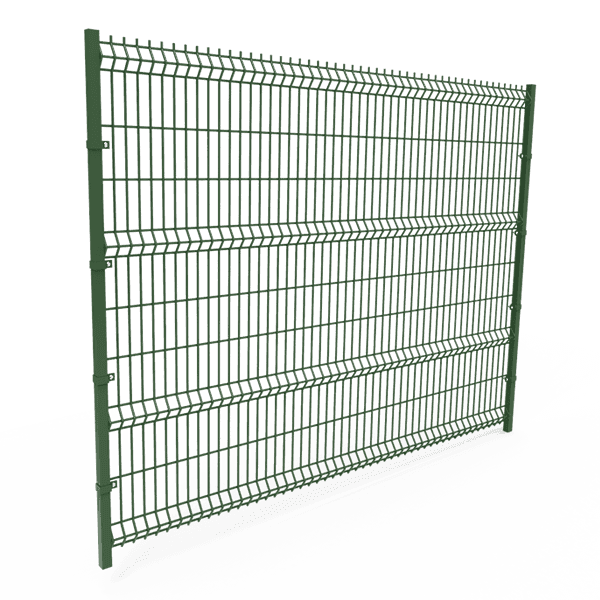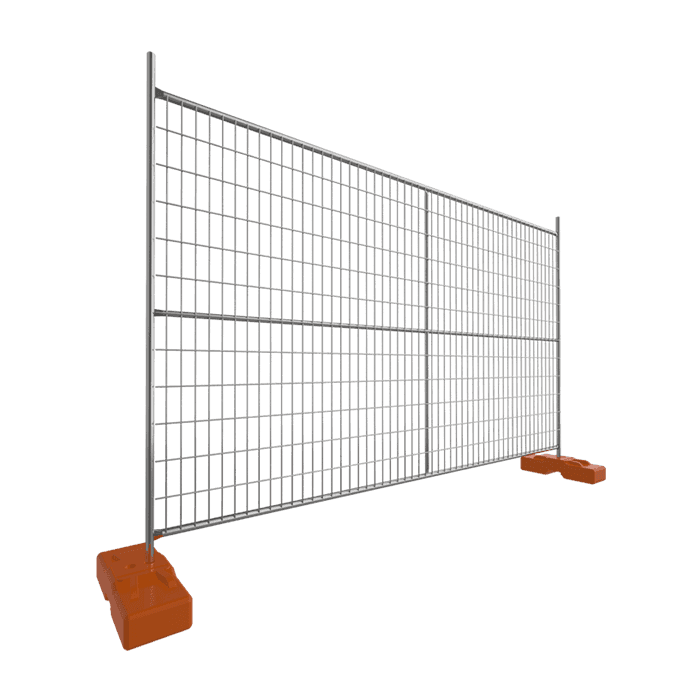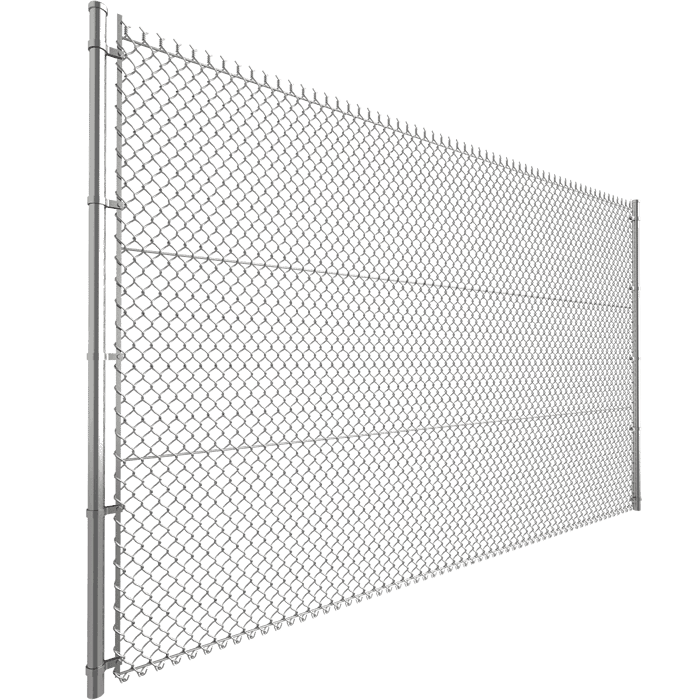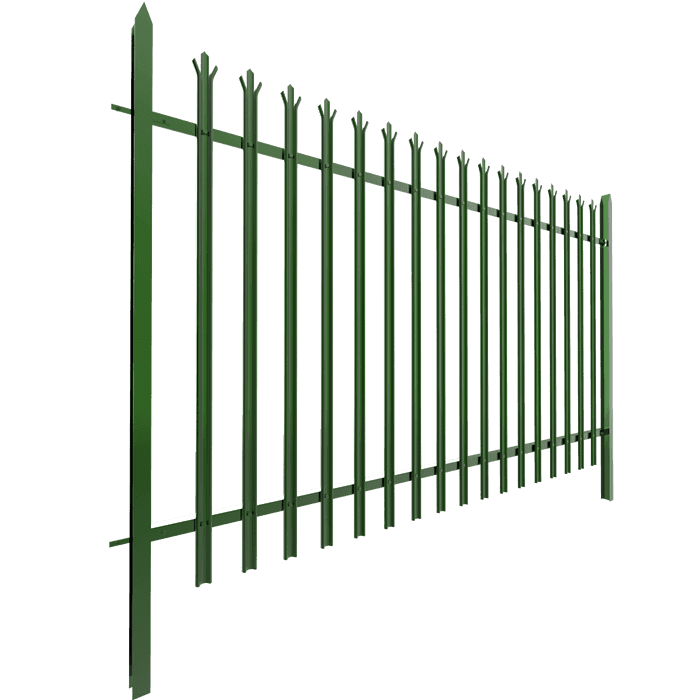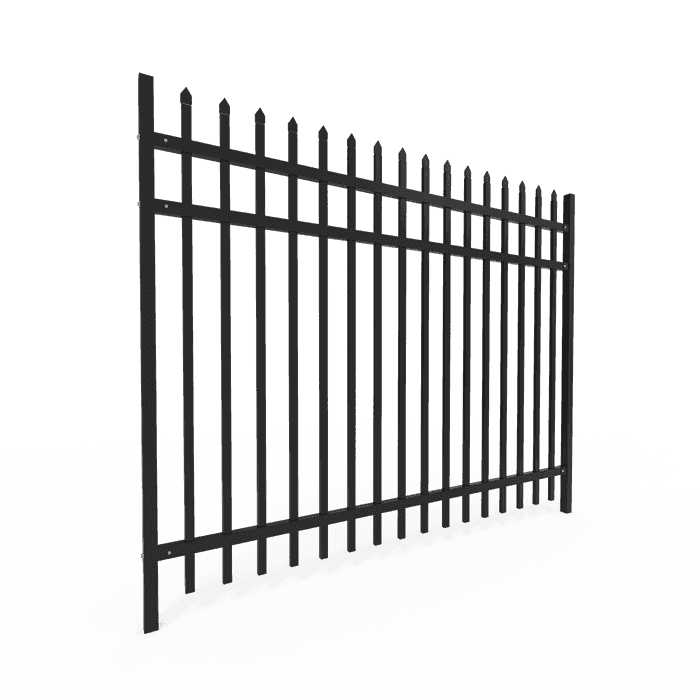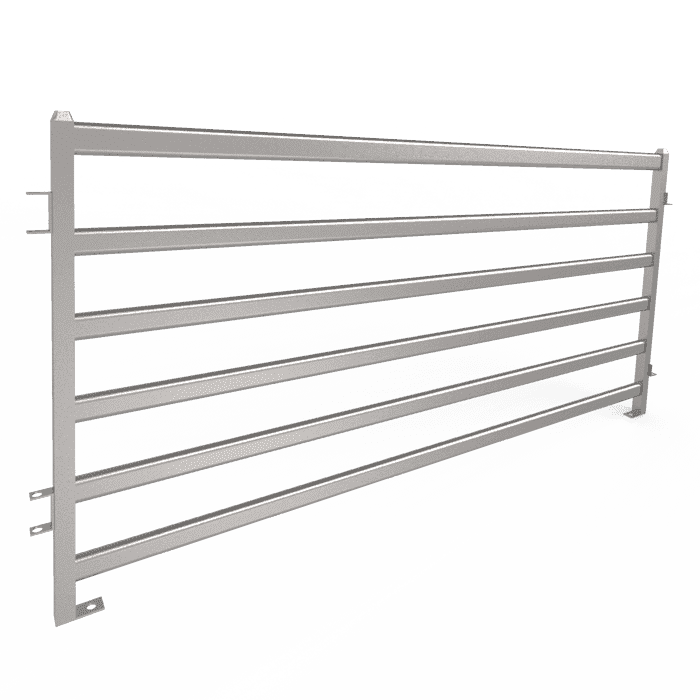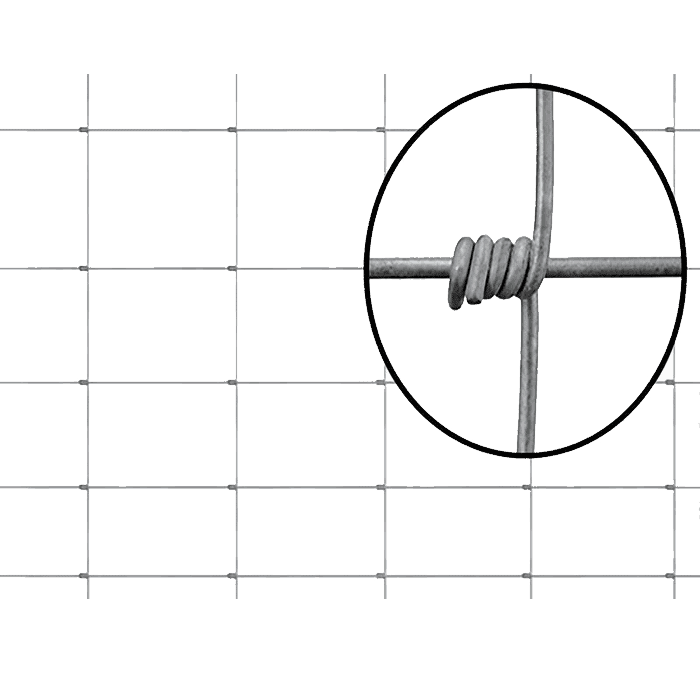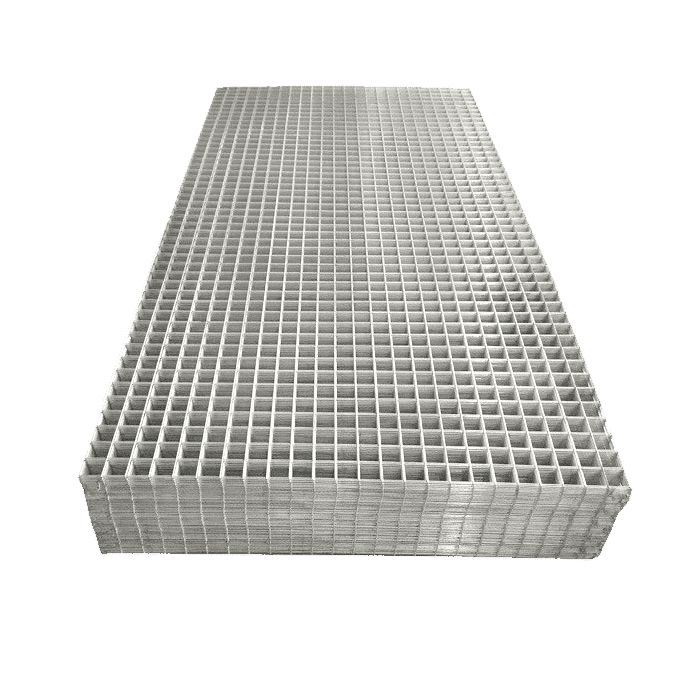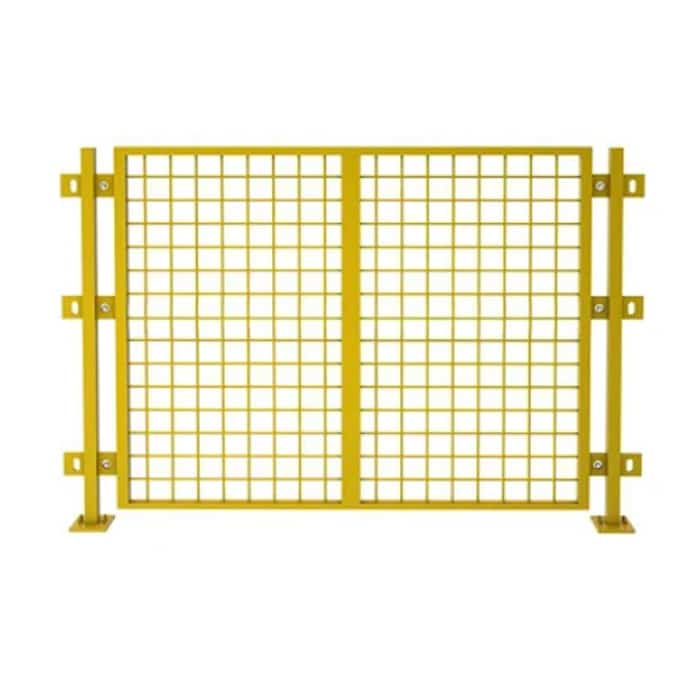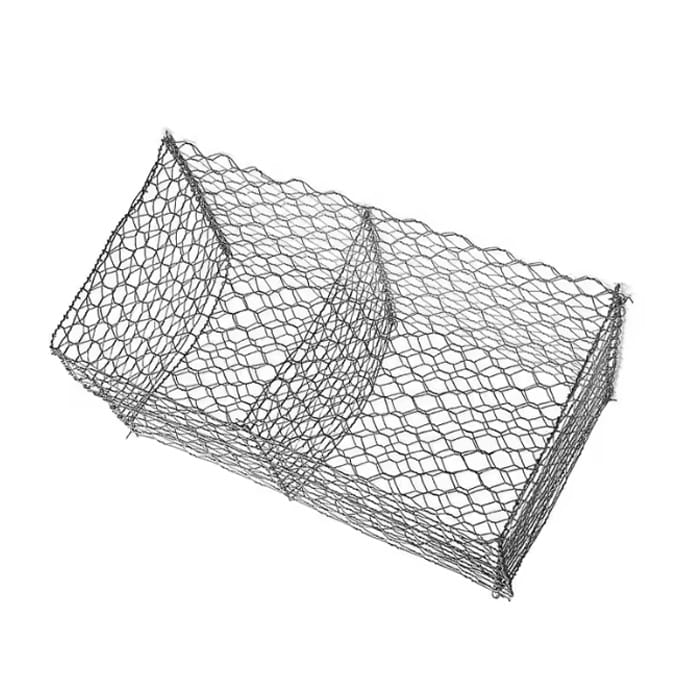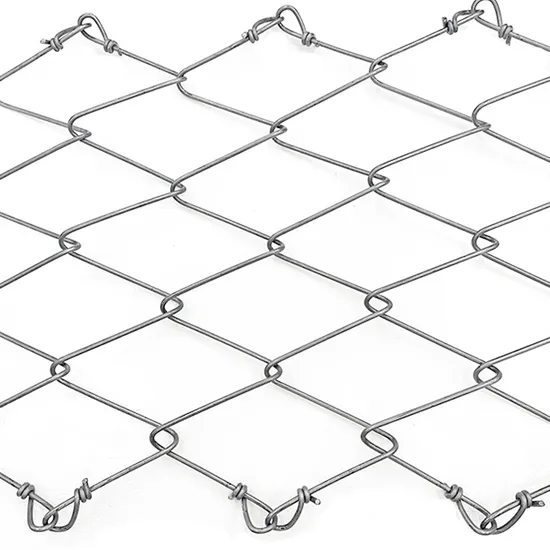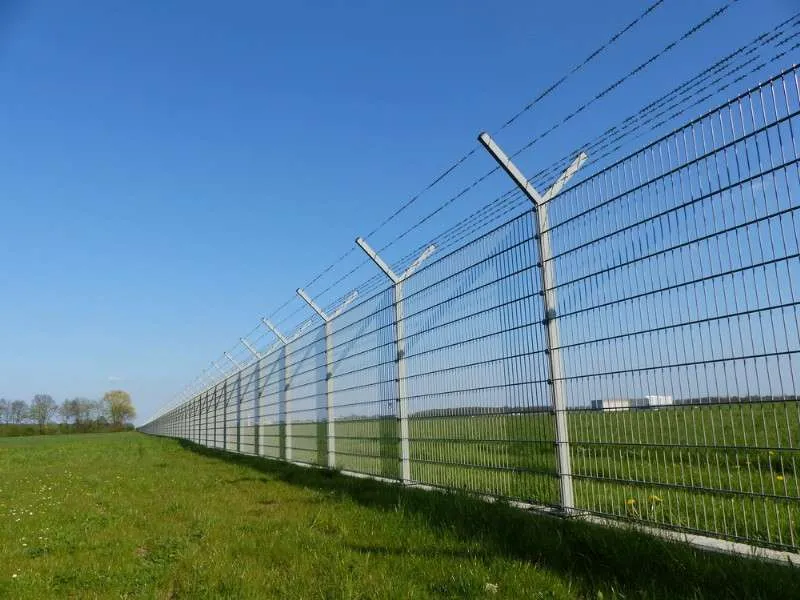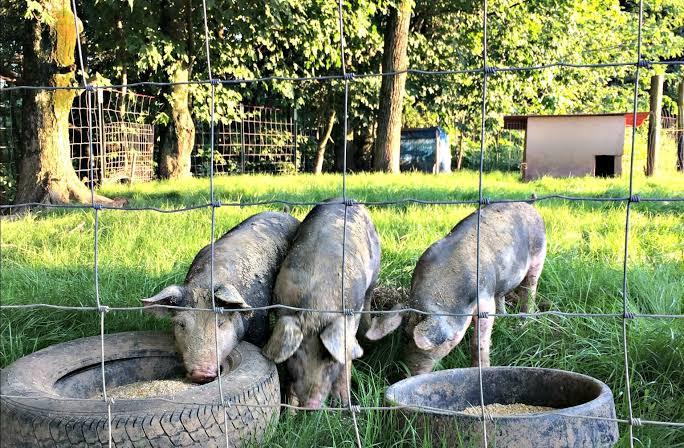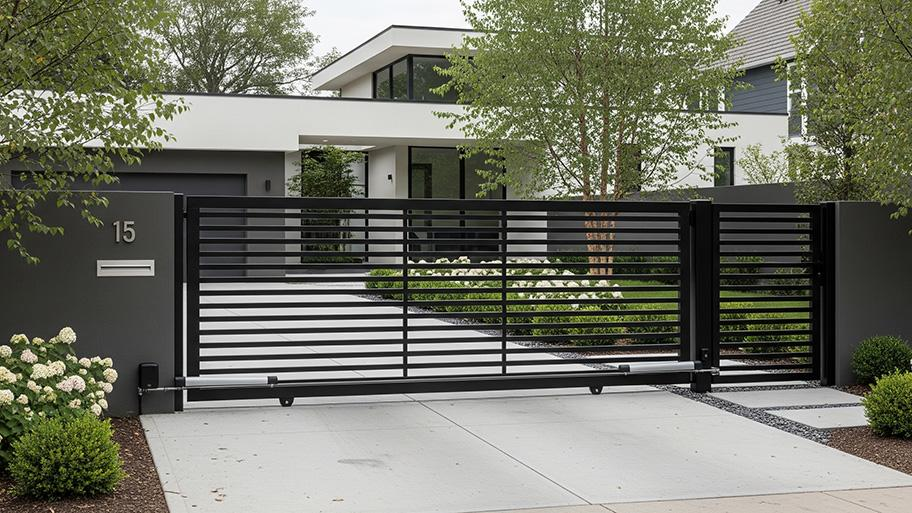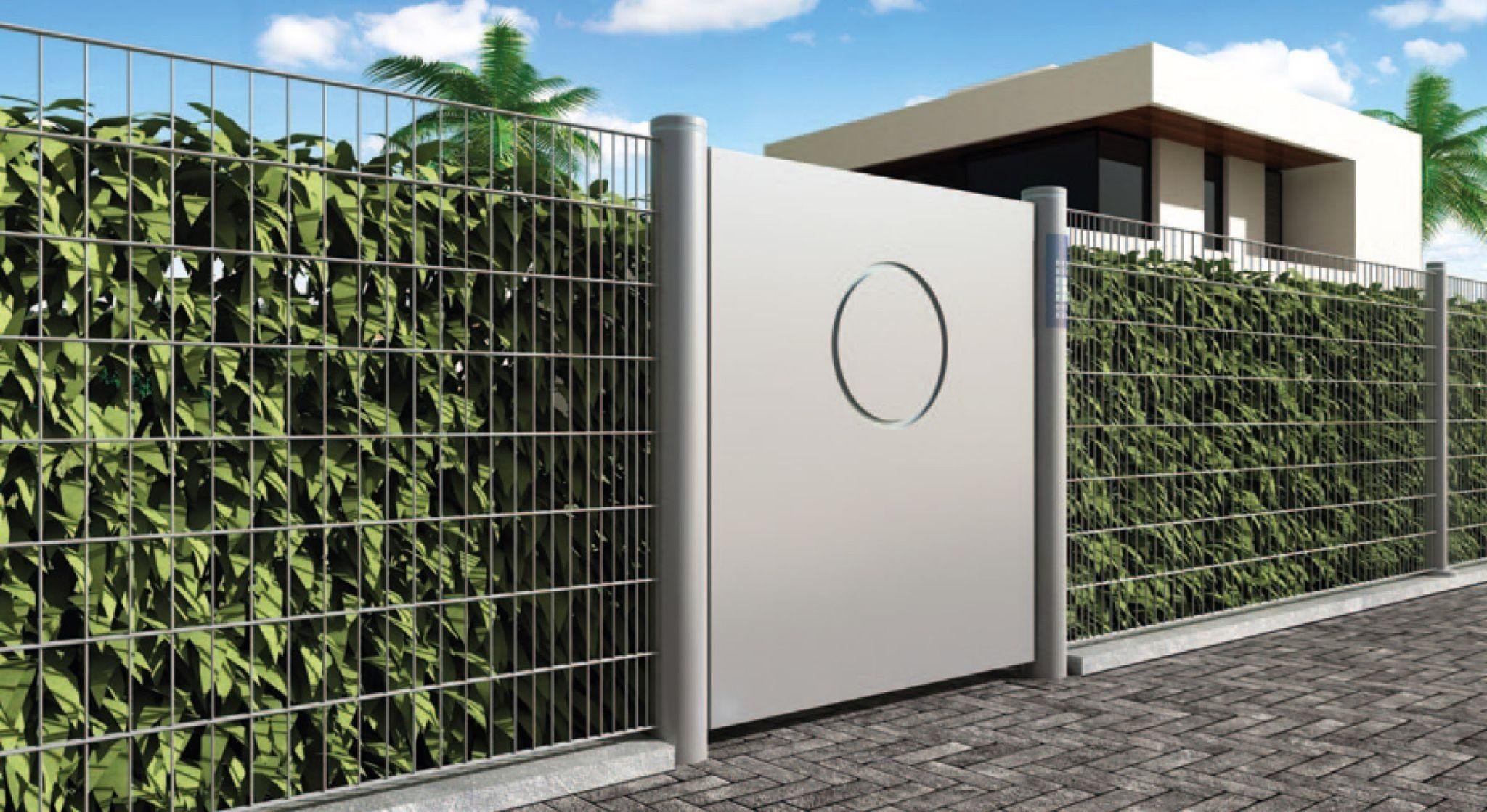Table of Contents
Fences are more than just property boundaries. They protect families, safeguard assets, and add value to homes and businesses. But like any outdoor structure, fences face constant exposure to sun, rain, wind, and soil conditions. Over time, this exposure takes its toll, and even the strongest protective fence begins to show signs of aging.
For many property owners, spotting those early signs can be confusing. Is a little discoloration harmless, or does it signal deeper damage? Should you repair, reinforce, or replace your fence altogether? Knowing how to detect fence aging helps you make smart decisions before small issues grow into costly repairs.
This guide explains exactly what a protective fence is, how to judge its condition, and which tools and standards to use. By the end, you’ll know how to spot aging fences quickly and how to deal with them effectively.
1. What is a protective fence?
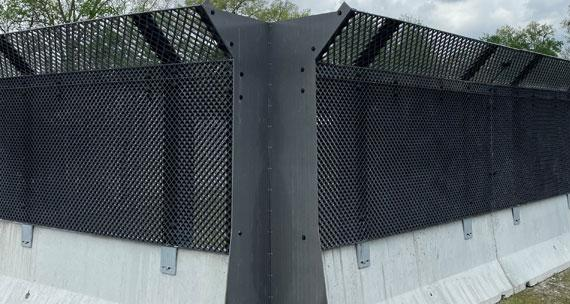
A protective fence is more than just a boundary marker. It’s a structure designed to provide safety, security, and peace of mind for property owners. Whether around a home, business, farm, or public facility, a protective fence plays an important role in keeping people, animals, and belongings safe.
Protective fences come in many different styles and materials. Wood fences are popular for their traditional look, metal fences are valued for strength, and vinyl or composite options are often chosen for low maintenance. Each material has unique strengths but also ages differently depending on climate, usage, and care.
The main purpose of a protective fence is to act as a barrier. It can keep intruders out, protect children and pets within, or secure valuable assets like equipment and livestock. Over time, however, weather exposure and physical stress start to wear it down, making it essential to recognize signs of aging early.
When people search for information about “aging fences,” they are usually concerned about whether their fence is still reliable. They may be noticing changes like leaning panels, discoloration, or rust and want to know if these are normal or warning signs. Understanding what a protective fence is and how it functions makes it easier to assess when maintenance or replacement is necessary.
2. Items to judge the aging of protective fences
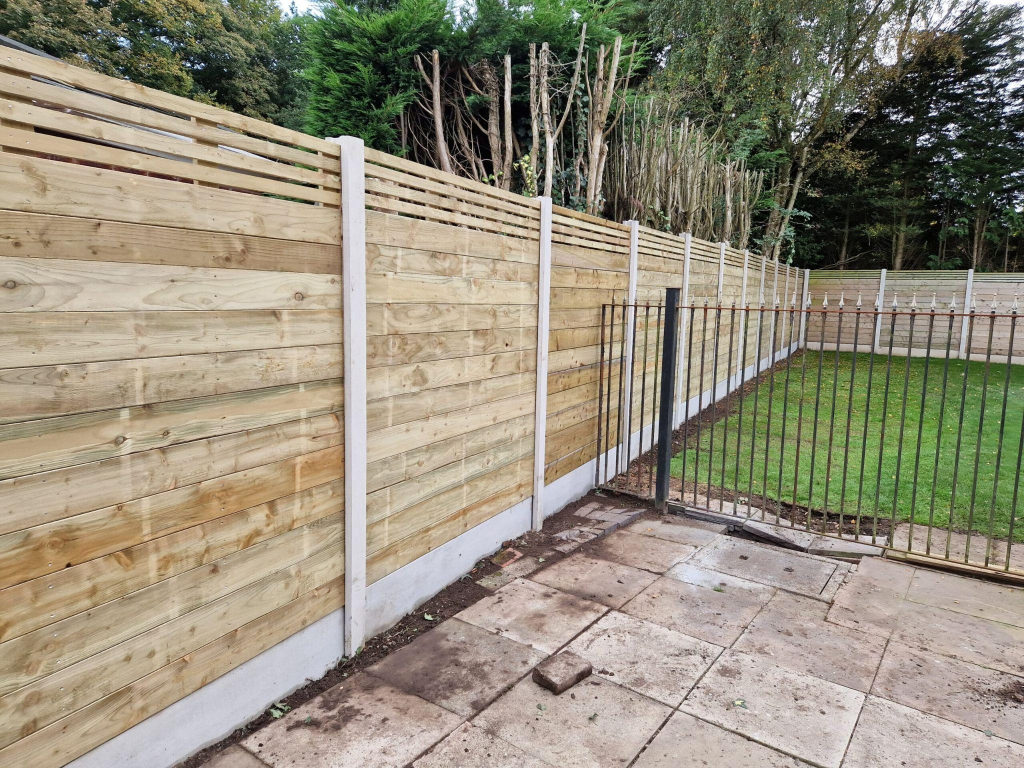
When checking whether a protective fence is aging, there are several warning signs to look for. Each one gives clues about the overall health of the structure.
Visible structural decay
One of the most obvious signs of aging is visible decay. On wood fences, this appears as rotting boards, soft spots, or areas that crumble easily when touched. On metal fences, it might show up as cracks in welds or areas where metal has weakened.
Leaning or sagging panels
A fence that no longer stands straight is showing its age. Leaning usually means the posts underground are loose, rotting, or no longer firmly anchored. Sagging panels weaken the entire structure and reduce both safety and appearance.
Warping or splitting
Wooden fences often warp or split due to constant changes in moisture and temperature. Warped panels may pull away from posts, while split boards can leave sharp edges or gaps. Both reduce the strength of the fence.
Rust and corrosion
Metal fences often show aging through rust and corrosion. At first, rust may appear only on the surface, but if ignored, it spreads deeper. Corrosion weakens the metal and can eventually cause sections to break.
Loose or broken hardware
Hinges, screws, nails, and brackets are small parts that hold a fence together, but they don’t last forever. If these components are rusted, missing, or no longer secure, the entire fence becomes unstable and harder to use.
Discoloration and fading
Fences exposed to sunlight often lose their color over time. Wood turns gray, vinyl fades or yellows, and metal paint peels away. Discoloration is not only a cosmetic issue—it often signals that protective coatings have worn off.
Moisture and mold damage
Too much moisture creates the perfect environment for mold and mildew. Dark spots, green patches, or water stains on your fence are early signs of aging. Left untreated, moisture damage spreads quickly and weakens the fence.
Pest damage
Insects, especially termites, can cause severe damage to wooden fences. Small holes, hollow sounds, or piles of sawdust near the base are clear indicators. Pest damage usually means the fence is aging faster than normal.
Repeated repairs
If you find yourself constantly replacing boards, repainting, or fixing posts, that’s a strong sign of an aging fence. At a certain point, continuous repair costs outweigh the benefits, making replacement the smarter choice.
Environmental stress
Sometimes the problem isn’t the fence itself but the surroundings. Tree roots, heavy vines, or poor drainage around posts all put extra pressure on a fence. These factors speed up the aging process and should be corrected where possible.
3. Standards for detecting protective fence aging
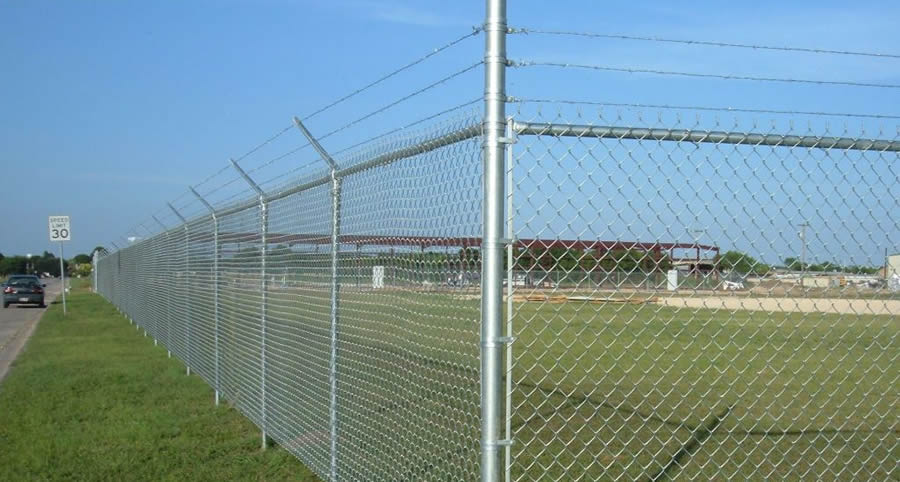
Every material has a typical lifespan that gives you a standard for evaluation. Wooden fences usually last 10 to 20 years, depending on how well they are treated and protected. Vinyl fences can often last 20 to 30 years with minimal care. Metal fences, like aluminum or wrought iron, can last several decades if they are protected from rust.
Knowing these averages is helpful. If your wooden fence is already 15 years old and showing signs of rot, you can compare its age to expected longevity. The closer a fence is to the upper range of its typical lifespan, the more closely you should watch for failure.
Regular inspection is another standard. At minimum, you should check your fence once a year. In harsh climates with heavy rain, snow, or strong sunlight, checking twice a year is better. These inspections don’t take long but can prevent small issues from becoming major ones.
During inspections, test both appearance and strength. Look for loose boards, warping, or gaps, but also press gently against posts to check their stability. A fence that feels wobbly at the base may be weakened even if it looks fine on the surface. For metal fences, check for any bubbling paint or areas where rust has started to form.
Installation quality also plays a role in aging standards. Posts should be set in gravel or concrete to keep them stable and protected from ground moisture. If they weren’t installed properly, fences tend to age faster and show problems earlier. This is why some fences fail in under 10 years while others last twice as long.
Ultimately, the standards for aging combine three things: the expected lifespan of the material, how often you inspect it, and whether it still performs its function. If a fence no longer provides safety, security, or privacy, it has effectively reached the point of being too aged, no matter what its calendar age may be.
4. What tools should be used to check protective fence aging?
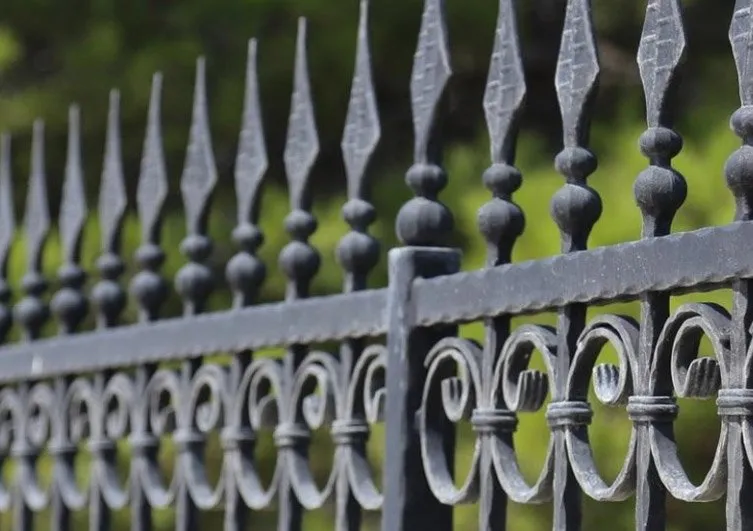
You don’t need specialized equipment to check your fence, but a few simple tools make the process much easier. A screwdriver or awl is useful for testing wood. Push it gently into boards or posts if it sinks in easily, the wood is soft and decaying.
A hammer or mallet can help you identify hollow spots. By lightly tapping on wooden panels, you can listen for dull or empty sounds that often mean rot inside. This quick test helps catch issues that aren’t obvious at first glance.
A level and measuring tape are important for checking alignment. Place a level along panels and posts to see if they’re leaning. Measuring gates or gaps helps you know if the fence has shifted, which can affect both function and appearance.
For metal fences, a wire brush is handy to remove surface rust. Once rust is cleaned off, you can better judge whether it is only cosmetic or has eaten deeper into the structure. If rust is extensive, it may be time for professional attention.
A moisture meter is another useful tool for wood fences. It tells you the moisture content inside the boards. High moisture often leads to rot, so knowing the percentage helps you decide when to apply sealant or stain.
Basic inspection also requires good lighting. A flashlight or portable light helps you see small cracks, faded areas, or rust in places that aren’t visible in normal daylight. A ladder can be helpful too, especially for tall fences or spots that can’t be seen from the ground.
Most of these tools are inexpensive and easy to use. By keeping them on hand, you can perform inspections on your own, saving money and preventing problems from getting worse.
5. How to deal with aging protective fences?
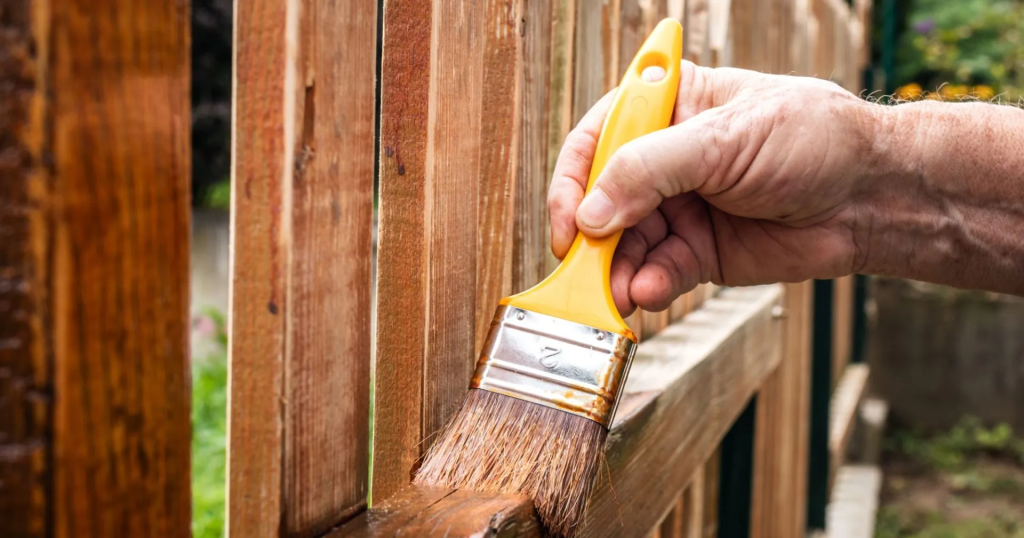
Once you’ve detected aging, the next step is to act quickly. Cleaning is often the first step. Washing away dirt, mold, or mildew helps you see the fence’s true condition and prevents further decay. A garden hose or pressure washer is usually enough.
Hardware should be checked and replaced if needed. Tighten loose screws, replace rusted hinges, and use corrosion-resistant hardware when possible. A gate that doesn’t open or close smoothly can often be fixed with just a new latch or hinge.
If specific boards or posts are damaged, they should be repaired or replaced. A rotting post can sometimes be reinforced by resetting it with fresh concrete or gravel, but badly decayed posts usually need full replacement. Replacing individual boards helps extend the life of the fence without the cost of a full rebuild.
Applying protective coatings is essential for extending lifespan. Wooden fences benefit from stain or sealant every two to three years, which shields them from moisture and sun damage. Metal fences should be repainted when paint peels to prevent rust from spreading. Even vinyl can benefit from UV protectant sprays that reduce cracking.
Improving the environment around your fence also matters. Trim back plants that press against panels, and make sure soil slopes away from posts to avoid water pooling. If sprinklers constantly wet the fence, adjust them to reduce unnecessary moisture.
For fences showing lean or sagging, reinforcement may work if the damage is minor. Brackets, braces, or tension wires can restore strength. However, when sagging is widespread, replacement is often the safer and more cost-effective solution.
Finally, know when to call professionals. If your fence has multiple failing sections, extensive rot, or severe rust, a fencing contractor can advise whether full replacement is better. In many cases, investing in a new fence provides greater long-term value than continuing with endless repairs.
Conclusion
Protective fences are designed to provide safety, privacy, and beauty, but no fence lasts forever. Weather, time, and everyday use eventually take their toll. By knowing what to look for and how to test your fence, you can recognize signs of aging before they turn into serious problems.
The good news is that most fence issues start small. A loose hinge, a fading stain, or a leaning post can be addressed quickly if you act early. With the right tools and regular inspections, you can keep your fence strong, secure, and attractive for many more years.
For homeowners, the real value lies in peace of mind. A well-maintained fence not only protects your property but also enhances its appearance and overall worth. By learning how to detect aging and deal with it effectively, you take control of your fence’s future rather than letting deterioration sneak up on you.

